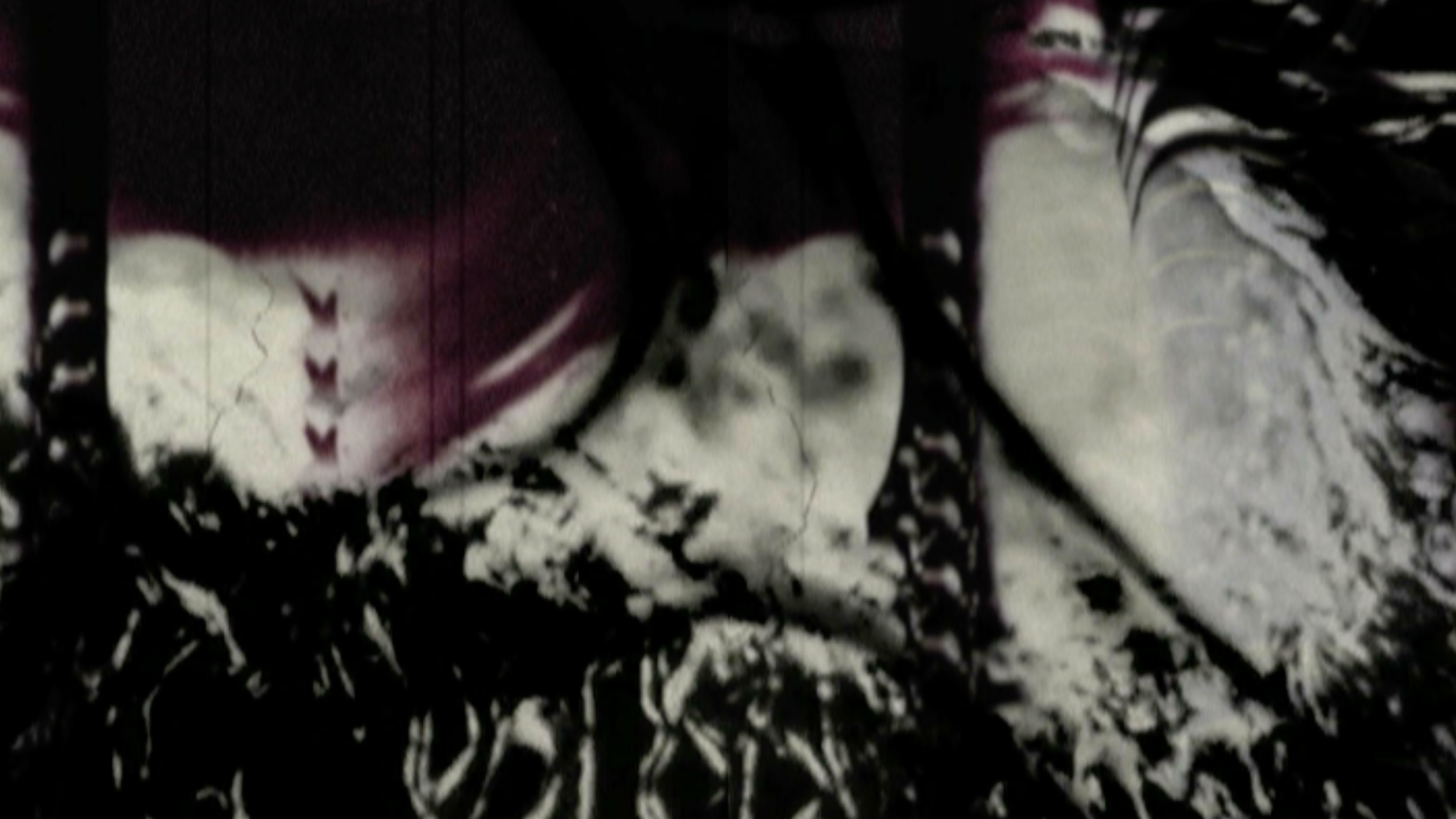Biography
Curtis Roads creates, teaches, and pursues research in the interdisciplinary territory spanning music and sound technology. He studied electronic music and computer music composition at California Institute of the Arts (CalArts) and the University of California, San Diego (UCSD) and received a Doctorate from the Université Paris 8. In 2024 he retired as Professor Emeritus at the University of California, Santa Barbara (UCSB) after 28 years of service. He served on over 150 masters and doctoral committees.
He was Editor and Associate Editor of Computer Music Journal (The MIT Press) from 1978 to 2000, and cofounded the International Computer Music Association (ICMA) in 1979.
A researcher at MIT (1980-1986), he also worked in the computer software industry for a decade. He taught electronic music composition at Harvard University and sound synthesis techniques at the University of Naples Federico II. He was appointed Director of Pedagogy at Les Ateliers UPIC (later CCMIX) and Lecturer in the Music Department of the Université Paris 8.
Among his books are the anthologies Foundations of Computer Music (1985, The MIT Press) and The Music Machine (1989, The MIT Press). His textbook The Computer Music Tutorial (1996, The MIT Press) is widely adopted as a standard classroom text and has been published in French (1999, third edition 2016), Japanese (2001), and Chinese (2011). He edited the anthology Musical Signal Processing in 1997. His book, Microsound (2001, The MIT Press) presents the techniques and aesthetics of composition with sound particles.
A pioneer in the development of granular synthesis (1974), he also developed (with Alberto de Campo) the program PulsarGenerator (2001), distributed by the Center for Research in Electronic Art Technology (CREATE) at UCSB. In 2008, CREATE released EmissionControl, a new program for sound granulation written by David Thall in consultation with Curtis Roads. In 2013-2016, he collaborated with programmer Sekhar Ramakrishnan to design SpatialChords, a front-end to Ramakrishnan’s Zirkonium spatializer program, based on a theory of “spatial chords” or geometric forms in three-dimensional sound space. The software was tested in performances on the 48.4 speaker Klangdom of the ZKM, the 54.1 AlloSphere at UCSB, and the 28.2 sound system of the Mumuth in Graz, Austria. In 2020, he collaborated with Jack Kilgore and Rodney Duplessis on the development of the application EmissionControl2, a laboratory instrument for sound granulation.
His composition Clang-tint (1994) was commissioned by the Japanese Ministry of Culture (Bunka-cho) and the Kunitachi College of Music, Tokyo. His music is available on compact discs produced by the MIT Media Laboratory, Wergo, OR, Mode, and Asphodel. His collection of electronic music compositions POINT LINE CLOUD won the Award of Distinction at the 2002 Ars Electronica in Linz and was released as a CD + DVD on the Asphodel label in 2005.
In 2010 he was awarded the lifetime achievement award from the Society for Electro-Acoustic Music in the United States (SEAMUS). In 2016 he was awarded the Giga-Hertz Prize by the ZKM, Karlsruhe, and Sudwest Rundfunk, Baden-Baden.
In 2004, he began researching a new method of sound analysis that is the analytical counterpart of granular synthesis called dictionary-based pursuit (DBP). His research partners included Garry Kling, Bob Sturm, Aaron McLaren, and John Shynk. This research was sponsored by the National Science Foundation in 2007-2009 and resulted in a Best Paper award at the 2008 International Computer Music Conference.
Composing Electronic Music: A New Aesthetic was published by Oxford University Press in 2015.
Roads's latest book is The Computer Music Tutorial: Second Edition (2023) by The MIT Press.
His 2019 album Flicker Tone Pulse, with visualizations by Brian O’Reilly, is available as a DVD on the Wergo label. The album POINT LINE CLOUD (2004) was re-issued in 2019 by Presto!? Records, Milan.
His latest album is Curtis Roads: Electronic Music 1994-2021 on the the French Elli Records label. It is available both as a limited edition CD and on streaming platforms.
